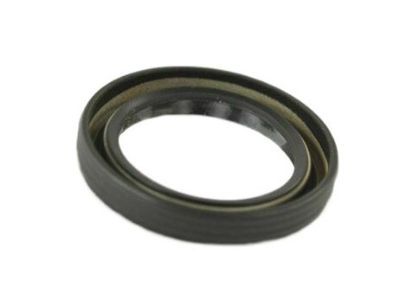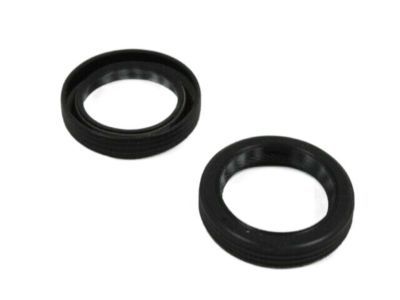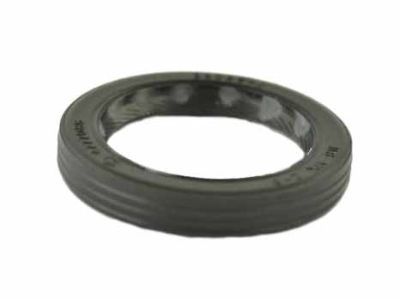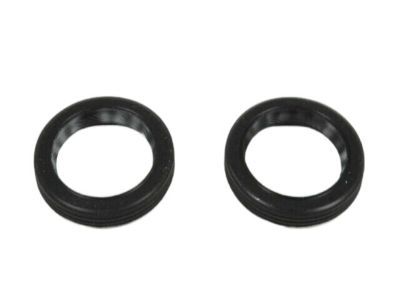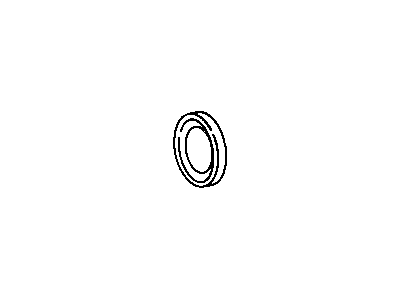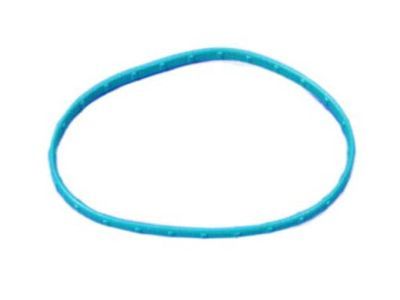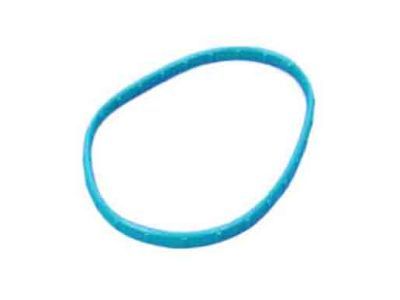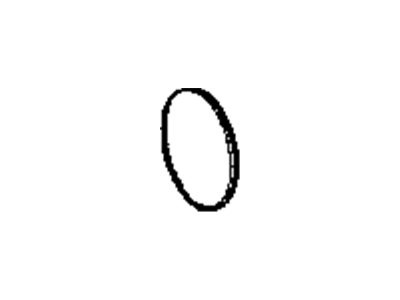
My Garage
My Account
Cart
Genuine Dodge Neon Camshaft Seal
Cam Seal- Select Vehicle by Model
- Select Vehicle by VIN
Select Vehicle by Model
orMake
Model
Year
Select Vehicle by VIN
For the most accurate results, select vehicle by your VIN (Vehicle Identification Number).
2 Camshaft Seals found
Dodge Neon Camshaft Seal
The Camshaft Seal in Dodge Neon vehicles play an important part of sealing off the compartment that contains the camshaft compelling dirt, oil and other unwanted materials from penetrating through the area where the camshaft comes out of the cylinder head. This seal is the one that helps in supplying adequate lubrication of the camshaft, thus letting the engine run efficiently without exhibiting rough performances. It is important to understand that several types and or styles of Camshaft Seal may be incorporated in Dodge Neon models although types or styles are not specified. The primary function remains consistent across these types: to protect the inner parts of the engine from corrosive materials while at the same time maintaining the lubrication aspect of the engine. In general, the Camshaft Seal plays a crucial role as far as the durability and efficiency of the Dodge Neon engine is concerned.
Looking for affordable and high-quality auto parts? Then you have already arrived at the proper online shop. We offer all Dodge Neon Camshaft Seal at great affordable prices. Moreover, all genuine Dodge Neon Camshaft Seal come with a manufacturer's warranty. In the long run, you would realize you have saved a lot of trouble and money with OEM parts from here.
Dodge Neon Camshaft Seal Parts Questions & Experts Answers
- Q: How should you remove and replace the timing belt and camshaft seal to avoid engine damage on Dodge Neon?A:Do not rotate the Camshaft(s) or crankshaft when the Timing Belt is removed to avoid engine damage. Begin by removing the timing belt cover and timing belt. Rotate the crankshaft counterclockwise until the crankshaft sprocket is three notches BTDC to prevent damage if the camshaft sprocket is inadvertently rotated during removal. Use a strap wrench or a chain wrench, with shop rags to protect the sprocket teeth, to remove the camshaft sprocket bolt, then lever the sprocket off the camshaft with two large screwdrivers. Next, remove the timing belt tensioner assembly and the upper, rear timing belt cover, noting that 2001 and 2002 models with hydraulic tensioners have a timing belt pulley assembly and a separate tensioner. Carefully pry out the camshaft seal, ensuring not to nick or scratch the camshaft or seal bore, and clean the bore before coating the outer edge of the new seal with engine oil or multi-purpose grease, also lubricating the seal lip. Use a socket with a slightly smaller outside diameter than the seal to gently tap the new seal into place, ensuring it is installed squarely and to the same depth as the original; a short section of pipe can be used if a socket is unavailable. Install the upper, rear timing belt cover, followed by the timing belt tensioner assembly, torquing the bolts appropriately. Align the pin in the camshaft with the hole in the camshaft sprocket during installation, using an appropriate tool to hold the sprocket while tightening the bolts to the specified torque. Finally, reinstall the timing belt and run the engine to check for oil leaks at the camshaft seal.
